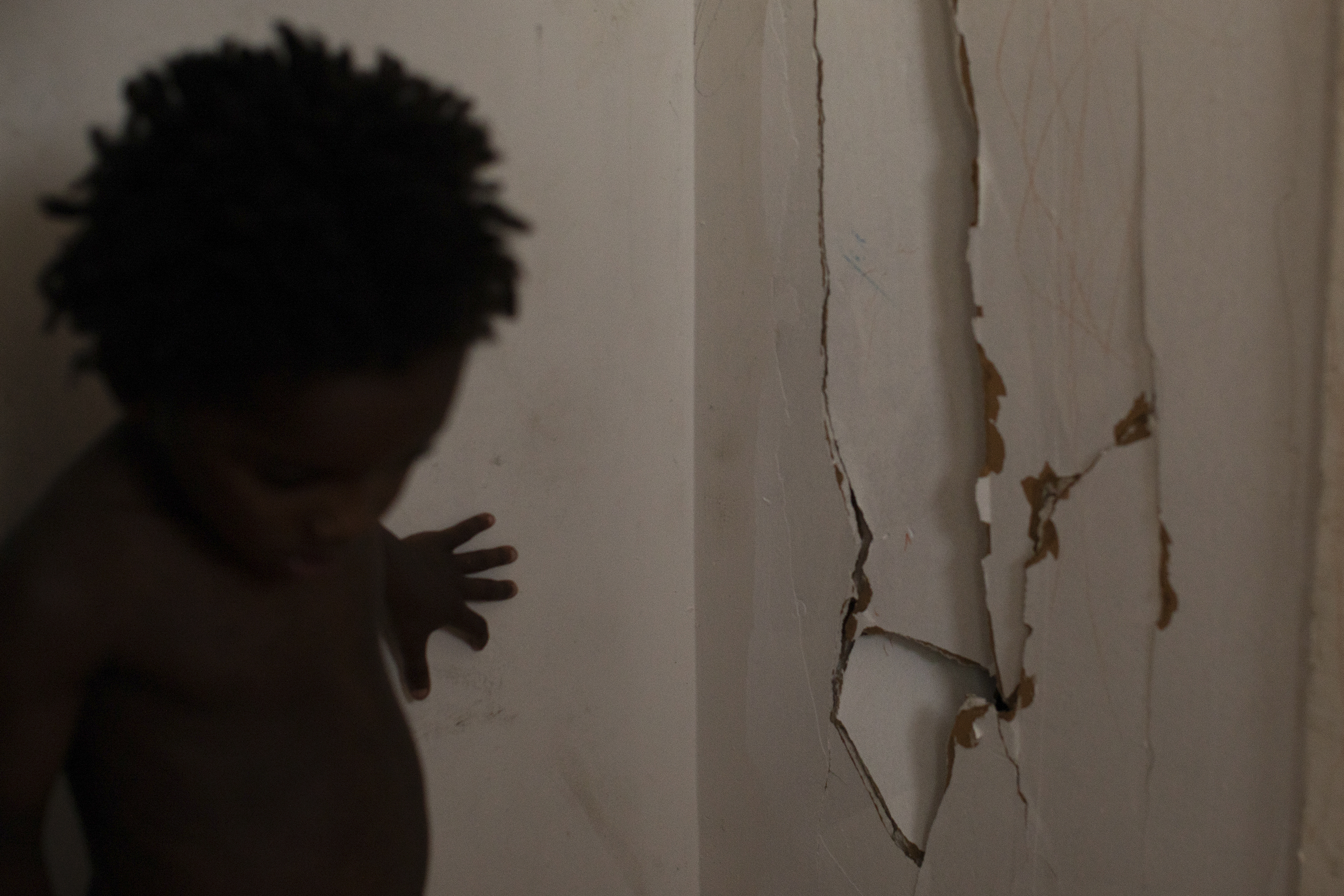Our Poisoned Kids
Syracuse's Poisoned Kids
Syracuse Common Council approved an ordinance last summer to combat child lead poisoning in the city.

arlene Medley talks about her kids the way mothers do. She has nine children, the youngest two a set of twins named Rashad and Devon. She calls her oldest twin “huggy bear” and remarks upon his unparalleled sharing skills. Sometimes she gets overwhelmed thinking about how sweetly he offers a chicken nugget to her or his siblings, when she knows he’d enjoy it himself. Her youngest — a ball of energy — keeps the entire house entertained. He’s the type of exuberance boys have perfected. She’ll always see her twins this way: sweet and bouncy and bright. But lead has augmented these qualities, lessening their self-control.
At age 2, Devon and Rashad, now 5, were diagnosed with lead poisoning, meaning they had a blood lead level of 5 micrograms per deciliter (mcg/dl) or higher as defined by the Centers for Disease Control. Both were likely exposed by ingesting tiny particles of lead dust, perhaps on a windowsill or a door hinge, while playing. Ingestion is common as dust clings to a toddler’s sticky hands, usually finding a way into their mouth.
Their house, which in the past year has become not only home, but school, restaurant, movie theater and playground, was the main culprit. Studies show those who live in homes built before 1978 — the year lead paint was federally banned by the U.S. Consumer Product Safety Commission — are likely to still contain the hazard. 90% of Syracuse’s housing stock falls into this category. While many homes across the city have not been tested for lead dust, the ubiquity of lead poisoning among Syracuse’s youth means a substantial number are hazardous, and when the city’s youngest tenants grow up in these homes, lead can easily become a part of them.
The presence of lead dust in Darlene’s home will impact her youngest children for the rest of their lives. But Darlene didn’t know there was lead in her home until the twins were diagnosed. While testing young children, particularly at ages 1 and 2, is part of the fight against lead poisoning, it’s merely reactive. Preemptive measures, like testing and remediating homes before families move in, are crucial, and Syracuse is hoping to adopt a model that leans more heavily on prevention, as seen with the passing of the Lead Abatement and Control ordinance in the summer of 2020. The ordinance allocates funding to help test and remediate high risk homes, particularly properties built before lead paint was federally banned. But the pandemic has slowed its implementation, preventing some of the in-person training required to certify city employees and hire new ones. The first position, for Lead Paint Program coordinator, was posted March 3, eight months after the ordinance was signed into law.
Darlene’s sons were diagnosed with lead poisoning after a routine test for toddlers conducted during their annual Women, Infants, and Children (WIC) wellcheck. Results arrived by mail a month later. At first, she didn’t even open the envelope because it wasn’t marked as urgent, she said.
Darlene initially ignored the letter, but after envelopes continued to pour in, she took a closer look, and learned her young sons had been poisoned by lead.
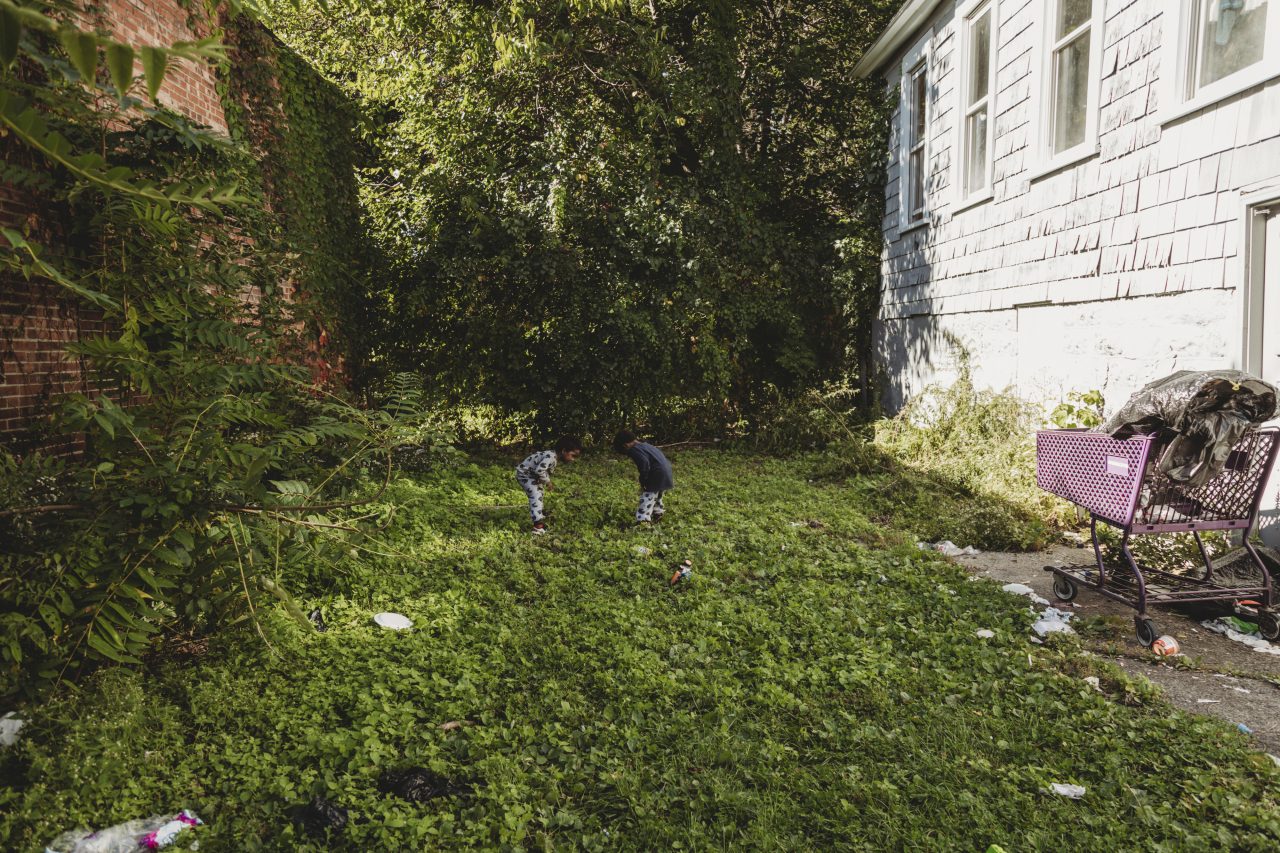
Darlene is just one of the hundreds of Syracuse parents who receive this news annually — that the shelter they believed to protect their children has in fact poisoned them. In 2019, roughly 500 children in the city of Syracuse were found to have elevated blood lead levels. This number isn’t an aberration. For decades, the city has grappled with high instances of childhood lead poisoning. In 2016, Syracuse was ranked firmly among the 15 regions with the highest rates of childhood lead poisoning.
Flint, Michigan didn’t even make the list.
Syracuse is facing a public health crisis, a fact Darlene knows all too well. More than one in 10 Syracuse children meet the threshold for a lead poisoning diagnosis, putting them at risk for poor attention, decreased executive functioning, poor performance in school, high propensity for risk-taking, increased aggression, lower IQ and hearing and speech problems, to name only a few effects.
Oceanna Fair too has battled alongside her family against the lead crisis, first as a young child and now as a grandparent.
Growing up, she watched her younger brother struggle with lead poisoning. Even now, she is responsible for his care. “He can not function on his own,” she said. “He needs someone to pay his bills. He needs someone to remind him of simple tasks, like to remember to take a shower.”
Lead poisoning permanently changed the trajectory of her brother’s life, and with it, her own. Yet, Fair’s connection to the lead crisis runs even deeper.
“We figured things should have gotten better 40 years later,” she said. “Fast forward, and my granddaughter gets poisoned in our home. For us, it’s like a slap in the face. Why wasn’t this taken care of? Why are we still still dealing with it in such high amounts in the city and on this side of town?”
After years of watching her own family face the effects of lead, Fair became a community activist. She explained that lead poisoning is a tenants’ rights issue, a struggle often between landlords and renters.
“I cannot sell you a car from a lot without brakes. If you drive down the street and have an accident, there are repercussions for me. I could lose my license to sell cars,” Fair said. “Yet the one consumer product that most families spend a majority of their income on, housing, is the least regulated product out here. Families are stuck.”
Both Fair and Darlene are involved with an organization called Families for Lead Freedom Now, a coalition of community members fighting to end Syracuse’s lead crisis. Darlene is the West Side Branch Manager. The group came together in 2019 after Legal Services of Central New York hosted events around the issue. Paul Ciavarri, a community organizer at Legal Services, explains the organization got involved after noting the issue’s consistent overlap with issues of racial and economic injustice.
“Childhood lead poisoning is distributed unequally and contributes to greater inequality within a community that is already facing lots of inequalities,” Ciavarri said. “Racism mixed with politics has produced a historic lack of balanced investment in our housing infrastructure. And so we have unsafe, unhealthy housing that the most marginalized communities of our society have been placed into.”
Despite the work of groups like Families for Lead Freedom Now, Fair still feels that families are struggling to be heard by both property owners and the city government. “Nobody is listening to these families that are going through these issues,” she said. “Often you got landlords blaming the families. They’re saying it’s a housekeeping issue. It’s not a housekeeping issue when I have chunks of paint peeling off the outside of my house. That’s an issue for the homeowner.”
Fair isn’t the only one who struggles to access the necessary resources to keep her home safe. Darlene says her home is “falling apart.” Beyond the lead paint, which has been detected on doorways, windows, outside and in the soil, the wood on her porch is half rotten. The banister up to the front door shakes under weight. Half of the concrete steps leading to the entrance are cracked, getting “worse and worse” each year, she said. “One of the stairs looks like it’s actually about to just fall at any given moment.”
“And that’s just walking up [to the house],” Darlene described.
Inside there’s exposed electrical outlets where “you can see the wire.” The walls are thin enough to “literally rip off a piece.” Darlene has contacted her landlord and the Syracuse Division of Codes Enforcement on several occasions, but ultimately saw few of her requests met.
Repairs are crucial, but they are still a reactive measure for families already facing the effects of lead poisoning — massive, various and often unpredictable impacts on the body and mind.
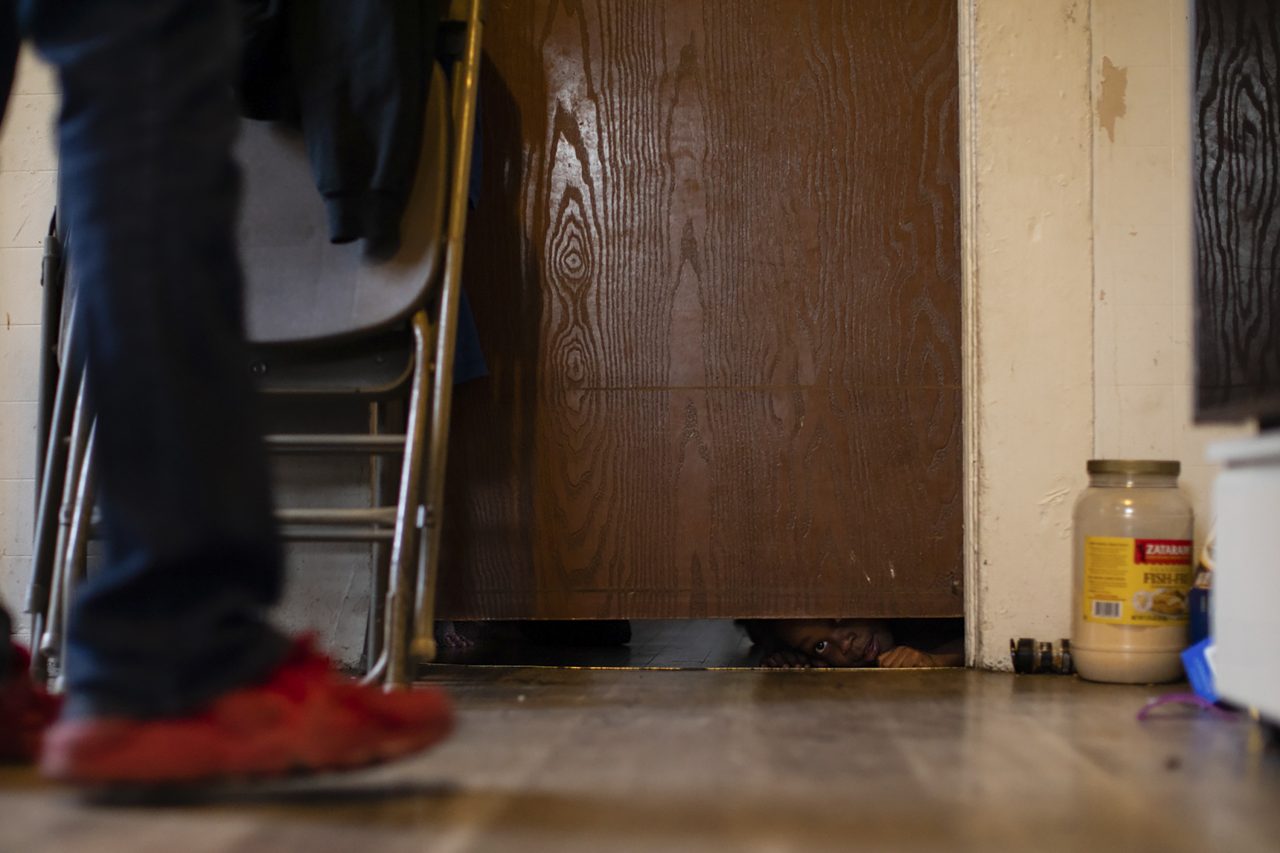
A Poison
When it comes to lead exposure, poisoned is the word, a fact Dr. Sandra D. Lane, professor of public health and anthropology at Syracuse University, highlights emphatically. Lane has spent years researching the impacts of childhood lead poisoning and partnered with local government to offer her expertise on more than one occasion.
“There’s no normal or expected amount of lead in our bodies,” Lane said. “Lead is a poison.”
The concerning lead level is 5 micrograms per deciliter of blood, Lane says, noting deficits can also occur to children with lower levels of exposure. She stressed that lead poisoning in childhood results in “long-term effects throughout the whole lifespan.”
Brianna Howard, a SU student pursuing a master’s degree in public health, researches the effects of lead poisoning alongside Lane.
“Lead poisoning is irreversible,” said Howard, stressing there is no cure or way to reverse the chemical’s effects.
As a woman of color from New York City, Howard was drawn to the issue of lead poisoning after noting the racial divide for both the living conditions and health outcomes among Syracuse residents.
“The biggest thing is that most vulnerable populations happen to be children of color,” said Howard, noting that these children are at the mercy of those responsible for their care. “Their parents, of course, but also their community, government and schools.”
Still, as Lane says, “Children of color didn’t rise to the level of ‘important enough’ on the legislative agenda” to be protected from this preventable illness.
The fact that lead poisoning is a pediatric issue is also crucial to understanding the crisis. Dr. Travis Hobart, medical director of the Central and Eastern New York Lead Poisoning Resource Center, explains children’s brains are rapidly developing around the ages of 1 and 2, the same age most become exposed.
“They’re building hundreds or thousands of new neurons every day,” he said, “And lead interferes with how their brain is going to develop.”
After exposure, a child’s developmental path is permanently altered, with lead’s effect quickly taking hold quickly. One correlation doctors identify is between early exposure and academic performance.
Lane was once asked at a speaking engagement why the district’s poor reading performance — only 20% of third graders read at grade level — hadn’t sparked a larger movement to end lead poisoning.
“I said, ‘think about the kids who are reading below grade level. It’s kids in the city school district, disproportionately kids of color … there’s low expectations, very low.’”

Lead’s effect on the body goes far beyond academic performance. “As children progress, (the impact of lead poisoning) becomes clearer and is associated with increased risk-taking and decreased executive function, which is the ability to make a plan for your behavior and enact that behavior,” Lane said. Her studies have found males experience “higher rates of arrest for every additional 5 micrograms per deciliter of lead in their blood,” while young women “have elevated rates of teen pregnancy.” Older adults even report “higher rates of kidney disease.”
Hobart adds lead poisoning can cause anemia, stomach pain, constipation and gastrointestinal symptoms, and points to a growing body of evidence suggesting lead as a trigger for high blood pressure and heart problems as adults. This is on top of evidence that Blacks are 40% more likely to have high blood pressure as adults, yet another way lead poisoning compounds existing issues for communities of color.
“We also have a horrible problem with neighborhood violence … especially in neighborhoods that are impoverished, disproportionately affecting the community of color,” Lane adds. “It’s clear that at least part of that is likely attributable to lead poisoning.”
What comes next for Syracuse’s medical community is creating systems to prevent this crisis from progressing. Anna Kanter, a medical student at Upstate Medical University who has worked with both Lane and Hobart, is in the process of developing research questions to collect data for a “lead scorecard” to be published annually, tracking Syracuse’s progress in addressing childhood lead poisoning. She says this scorecard could equip families with information on the crisis while at the same time holding the city accountable as it proceeds with implementing the ordinance.
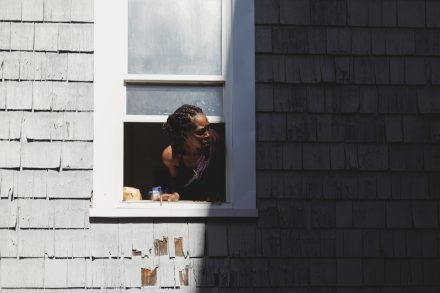
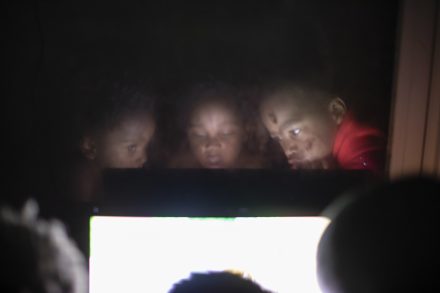
Abatement and Control
Summer 2020 marked an important milestone for the city of Syracuse. In July, the Syracuse Common Council approved the Lead Abatement and Control ordinance to decrease the rate of lead poisoning among city youth.
The lead ordinance was a long-fought battle. While the city has been aware of the high rates of lead poisoning for years, passing meaningful legislation to address the issue took years.
This doesn’t mean there haven’t been efforts to fix Syracuse’s lead problem until now. In 2008, Lane, along with SU colleagues, presented the Syracuse Common Council with an analysis of what lead poisoning cost Syracuse annually. Also at this time, the housing bubble burst and the country dove deep into a recession. Passing an expensive bill that might place a financial burden on landlords wasn’t seen as financially prudent. For many years, Syracuse relied on federal grant money to address lead poisoning, receiving a total of $38 million between 1994 and 2015. That grant paid for the renovation of 2,586 homes, but it was cut five years ago. After that money dried up, comprehensive reform around lead exposure needed a champion.
Enter Councilman Joe Driscoll.
Driscoll ran for Syracuse Common Council in 2018. Ending lead poisoning was a central pillar of his campaign.
“The issue of poverty and inequity in Syracuse can be such an overwhelming problem,” Driscoll said. “It seems really hard to know where to begin. But the lead crisis to me seems to be one that’s preventable. There are steps we can take that are not impossible or moonshots.”

In two years he was able to turn this pitch into action, championing the lead ordinance until it finally made it through the Common Council with a unanimous vote. But crafting the ordinance itself was also a challenge. While lead poisoning is a solvable problem, it’s not an uncomplicated one.
“To completely remove every drop of lead from a house can sometimes be as much as $50,000 to $60,000,” Driscoll said. There are plenty of properties in Syracuse with a total value in this range, “so to try to convince a landlord to put more money into repairing the house than they purchased it for is a hard sell.”
Cost was a major concern for the lead ordinance, along with predictable questions about how to tackle this issue intelligently and effectively. Luckily, a strong model existed. In 2005, Rochester passed legislation to prevent lead poisoning among children, resulting in an 80% reduction of cases 10 years after implementation.
The Rochester model allowed Driscoll to anticipate obstacles Syracuse’s lead ordinance might face, like financial concerns or pushback from landlords. Dr. Katrina Korfmacher at the University of Rochester has studied lead poisoning and Rochester’s lead plan extensively. She met with the Common Council to offer advice before the implementation of Syracuse’s plan. Korfmacher stressed the importance of a community coalition and working with partners, which can offer an accountability mechanism to the process. When community members understand what’s going on and their role in the plan, she said, they can then better evaluate compliance, feedback, and adaption.
“It’s very much like trying to blaze your path through a deep forest,” Driscoll said. “And someone has gone before you with the machete.”
The city government also found partners in the nonprofit sector, before and after the lead ordinance passed. Peter Dunn, president and CEO of Central New York Community Foundation, explains that for every dollar spent on lead prevention, “anywhere from $20 to $200, is recouped.” A 2009 study in Environmental Health Perspectives drew a similar conclusion, finding: “Each dollar invested in lead paint hazard control results in a return of $17 to $221 or a net savings of $181 to $269 billion.”
CNYCF’s work around lead poisoning has roots in the foundation’s interest in the issue of concentrated poverty. “The more we learned about the impact of where people live and the issues that they confront, [we saw] how that has an extrapolating effect on issues of poverty, of literacy, academic performance, violence, all sorts of indicators,” Dunn said.
In response, CNYCF made a public commitment in 2018 to provide $2 million in funding over a five-year period, specifically focused on childhood lead poisoning in Syracuse. More recently, CNYCF announced a $300,000 grant from the Mother Cabrini Health Foundation on March 9, which is in addition to the foundation’s funding and will be used to remediate and replace lead paint-ridden exterior doors and windows in rental units.
Now approved, Driscoll is excited to see the ordinance in action, though the coronavirus has slowed implementation. The city planned to hire a Lead Paint Program coordinator, as well as several staff members, to conduct necessary inspections and repairs. This role was not posted until March. As of March, Driscoll hoped to see 12 open positions in the code department filled. Whether some of those roles will be dedicated lead specialists or all of the new hires will be equipped to inspect and remediate homes with lead, among other code violations, will be up to the coordinator.
In order to effectively implement the ordinance, city employees must take an Environmental Protection Agency (EPA) approved Renovation, Repair and Painting (RRP) training to ensure employees are properly equipped to remediate homes. This training must be completed in person, a challenge in the age of social distancing. Another major facet of the implementation stage are home visits from the Syracuse Division of Code Enforcement, to find out exactly which properties contain lead. “You obviously have a COVID risk there with all of the code inspectors going into strangers’ homes,” Driscoll said.
The Division of Code Enforcement has continued to operate during the pandemic, despite furloughs and limited staff. “There’s still things that are happening, like someone’s plumbing is leaking and the landlord’s not dealing with it. Codes has to go deal with that,” Driscoll said. Health and safety is another obstacle. Inspections require staff to go in and out of numerous households, a major risk during the pandemic. “What if one of them gets infected and then they’re going into other people’s homes?” Driscoll said. “It’s all really messy.”
The pandemic created financial issues as well. “We’re talking about a potential $42 million budget gap for the city,” he said. “We had worked with the mayor’s office to broker an extra million dollars to the Codes office, or at least three-quarters of a million, to help with implementation, and it’s just super uncertain times.” To reduce spending, Syracuse scheduled furloughs, cut budgets, scaled back on all nonessential services and scheduled four citywide shutdown days to try to make the budget work, but in these difficult financial times, “it’s hard to talk about a four-, five-, or six-person expansion of a department,” Driscoll said.
While COVID-19 has forced the city to reroute its implementation plans, Driscoll and his team haven’t stopped working on this important issue.
“We’re looking for all of the gaps in the system and trying to make sure it rolls out in a way that’s effective,” he said. This includes coordinating with academics like Lane to gather “the metrics to see how effective the program will be when implemented,” hiring a lead coordinator, a new city position specifically focused on the lead crisis in Syracuse, and finally getting homes inspected and remediated.

Going Home
Darlene shares a story about her sons. When she first moved to Syracuse two years ago, she was taking them to a store, and her oldest twin, Rashad, started talking to an older man.
“The gentleman walks up to me and says ‘You know, I’m not trying to tell you how to raise your kid or get in your business, and I mean no disrespect, but you should pay attention to him when he’s telling you something because he can really articulate himself. He can do really good with telling a story,’” she recalled. “He said, ‘And you know, FBI and things look for stuff like that.’ My baby was 2 years old.”
Darlene’s never forgotten that conversation, or the exceptionalism her kids displayed. In that moment, someone had recognized something special in her son, something remarkable enough to make him strike up a conversation with a complete stranger. Now, Darlene is often told that her kids will “never reach their full potential,” but she refuses to accept her children will be held back. No amount of lead will keep her son from becoming a federal agent or dreaming any dream.
“That man said the FBI looks for people like that. So why not. I’m going to keep pushing him. And when you get to that point, when you feel like you’re so excited, and you’re going to stumble over your words, and it’s going to get hard, I’m going to be right there to tell him to calm down. Take a breath. And that he can do it,” Darlene said, choking back tears.
Her belief in her sons doesn’t blind her to the challenges they face. Rashad is still an excellent communicator, but, she said, the lead has caused him to develop a stutter.
“He’ll start stuttering really hard when he gets excited, so I have to make him completely stop, catch his breath, and breathe through the words so he can get through it,” Darlene said. “Because if not, he gets frustrated. He won’t say anything at all. And he’ll just completely shut down.”
Deconstructing the Divide
The younger twin’s energetic nature has become harder and harder to manage.
“He can’t sit still. No matter what,” she said. “So I have to keep him active. I have to keep him doing things.”
Watching her kids’ behavior change has been hard. She knows they’re fighting something beyond their control.
“You can look in his eyes and tell that he doesn’t mean it. You can look in his eyes and tell that he’s trying his hardest,” she said, describing all the times she’s told Devon to calm down, to stop moving his hands. “I’ll look at his face, and my baby is really trying his hardest to control it. But he can’t. He really can’t.”

